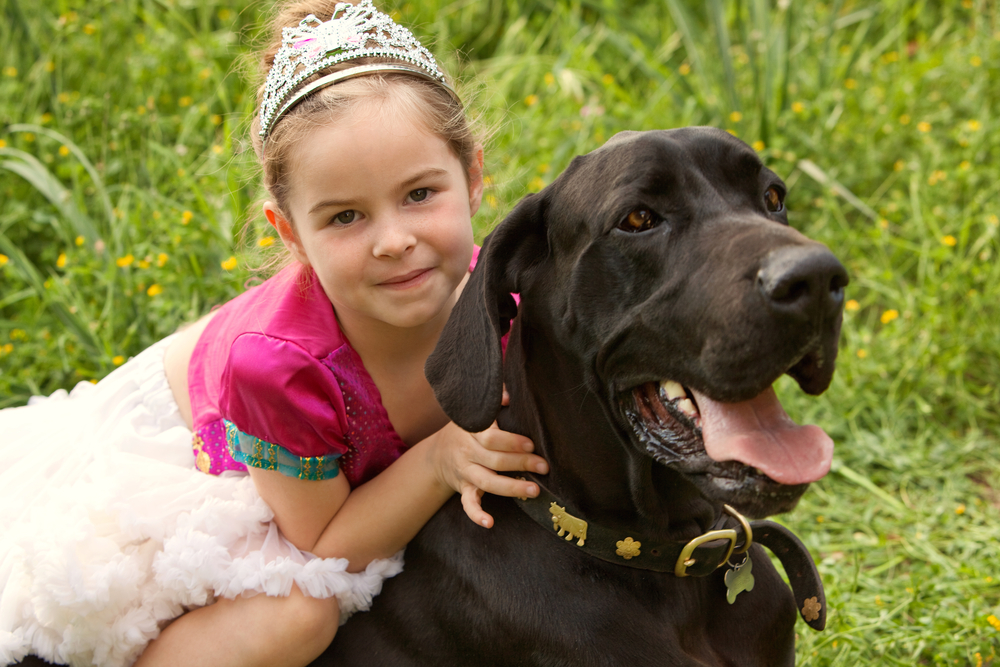Labrador Retrievers are among the most beloved dog breeds worldwide, known for their friendly, loyal, and playful personalities. They’re often recommended as family dogs, but is a Labrador Retriever the right choice for your kids? In this guide, we’ll explore the pros and cons of bringing a Labrador Retriever into a household with children to help you make an informed decision.
Pros of Getting a Labrador Retriever for Your Kids
1. Gentle and Friendly Nature
Labradors are renowned for their kind and patient temperament, making them excellent companions for children. They’re rarely aggressive and tend to form strong bonds with family members, including young kids.
2. High Energy and Playfulness
Labs are full of energy and love to play, making them ideal playmates for active children. Games like fetch or tug-of-war can provide hours of entertainment for both the dog and your kids.
3. Easy to Train
Labradors are highly intelligent and eager to please, making them one of the easiest breeds to train. With consistent training, they can quickly learn commands, appropriate behaviors, and even fun tricks to impress your kids.
4. Adaptability to Family Life
Labradors adapt well to family dynamics, whether you have a bustling household or a more relaxed one. Their friendly nature extends to strangers and other pets, making them a sociable addition to any family.
5. Teaches Responsibility
Having a Labrador Retriever can help teach kids valuable life lessons about responsibility, including feeding, grooming, and caring for another living being.
Cons of Getting a Labrador Retriever for Your Kids
1. High Energy Levels Require Attention
While their energy can be a pro, it’s also a potential challenge. Labradors require regular exercise and mental stimulation. If your family has a busy schedule, meeting their exercise needs might become overwhelming.
2. Shedding and Grooming
Labradors shed heavily, especially during seasonal changes. Regular grooming is necessary to manage their coat, which could be a downside for families with allergies or a preference for low-maintenance pets.
3. Potential for Overexcitement
Labs are known for their enthusiasm, which can sometimes lead to accidental knocking over of small children during play. Early training to manage jumping and excitement is crucial.
4. Size and Strength
As medium to large dogs, Labradors can be strong and might unintentionally pull on the leash or overpower young kids during walks or playtime. Supervision and training are essential.
5. Longevity and Commitment
Labradors have a lifespan of about 10–14 years, making them a long-term commitment. Families should be ready for the time, financial, and emotional investment required to care for them throughout their lives.
Tips for Choosing a Labrador Retriever for Families with Kids
Temperament Testing: If adopting, choose a Labrador with a known history of being good with children. Breeders and shelters can often provide insight into a dog’s personality.
Training and Socialization: Start training and socializing your Lab early to ensure they’re well-behaved around kids.
Exercise and Playtime: Involve your children in the dog’s exercise routine to help expend their energy and build a bond.
Establish Rules: Teach kids how to interact respectfully with the dog to prevent accidental harm or fear-based reactions.







